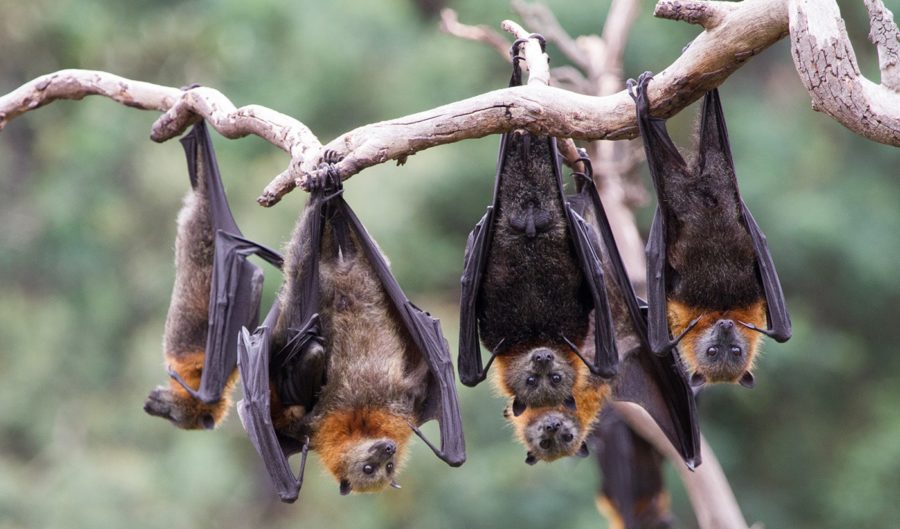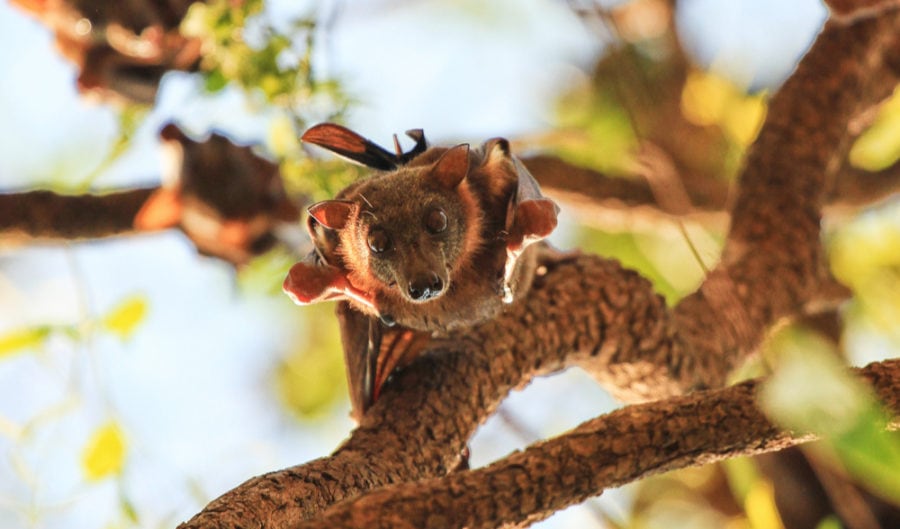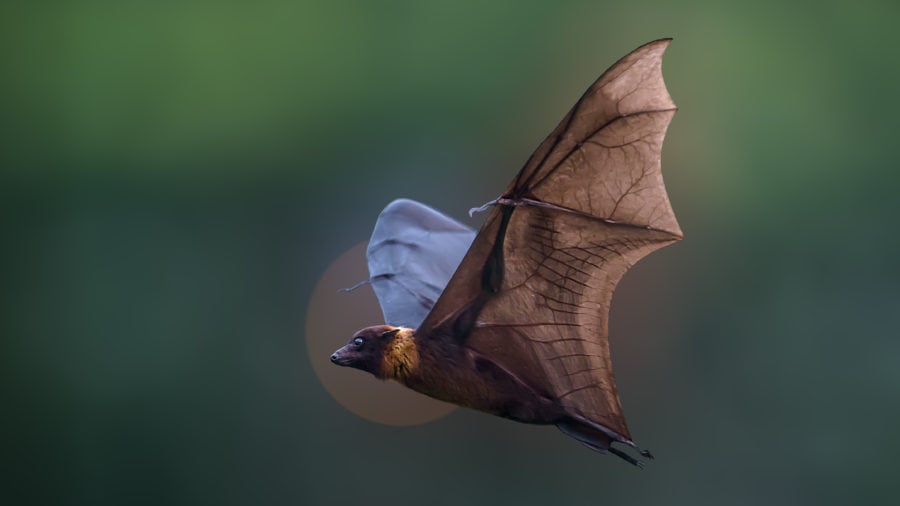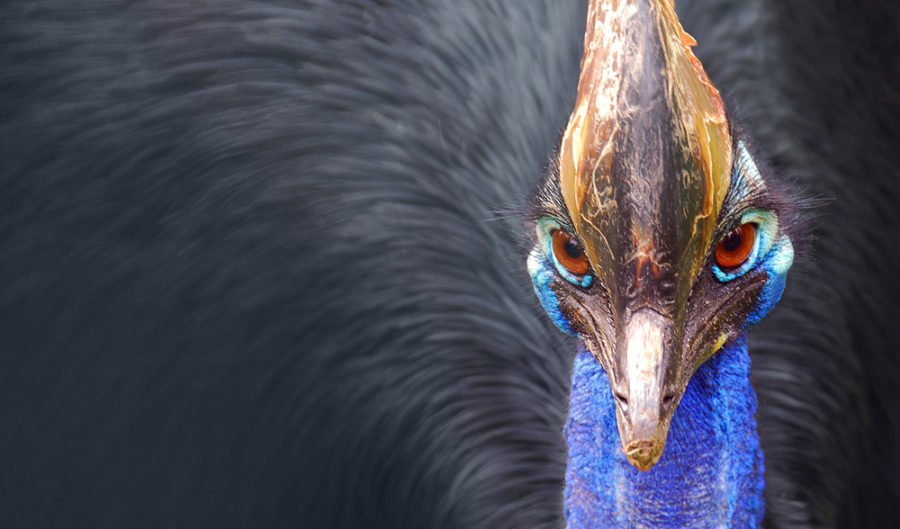Do our fruit bats carry the virus behind COVID-19?
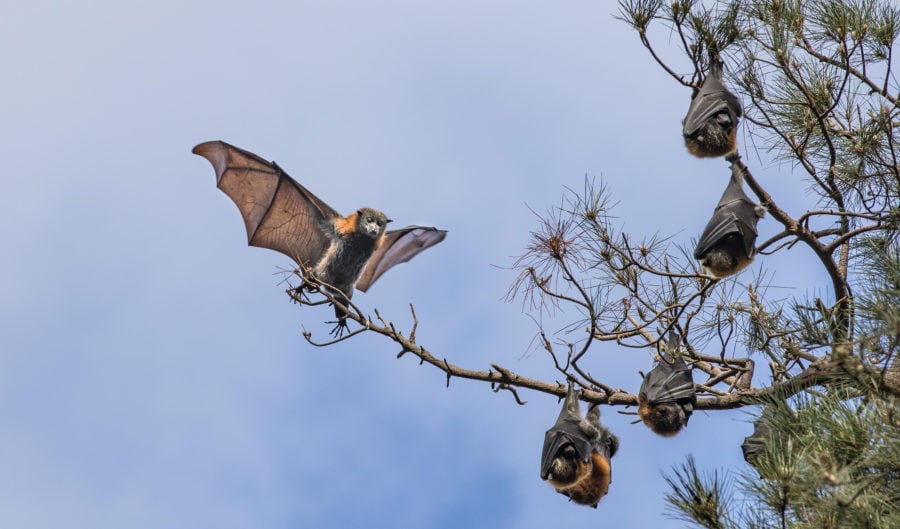
BECAUSE OF THESE reports, Australians living close to large colonies of fruit bats, otherwise known as flying-foxes, might be wondering if they carry deadly coronaviruses.
Flying-foxes don’t have the COVID-19 virus
SARS-Cov-2 is the virus behind the COVID-19 pandemic. There are many reports the virus jumped from bats, possibly to another species, then to humans because of wildlife trade at a market in Wuhan, China.
Although this is a leading theory, the reality is the scientific community is still tracking down the wildlife source. Alison Peel, a bat health expert with the Environmental Futures Research Institute at Griffith University, says, “at the moment we don’t exactly know what the origin of SARS-CoV-2 is”.
What we do know is several Australian bat species carry coronaviruses. Do not fear, though. Keep in mind the common cold is a coronavirus.
Those found in Australian bats are not ones that cause Severe Acute Respiratory Syndrome, Middle Eastern Respiratory Syndrome and COVID-19.
“There is no evidence that SARS-Cov-2 or related viruses are present in Australian wildlife and that includes bats,” says Alison.
Living next to flying-fox colonies is not high risk
Before COVID-19, some people already feared our flying-foxes because of Australian Bat Lyssavirus and Hendra virus.
Contracting these diseases is extremely rare. In humans, there have only been three cases of Australian Bat Lyssavirus and seven cases of Hendra virus.
You contract Australian Bat Lyssavirus if an infected animal bites you. If you don’t handle bats, there is no risk.
With Hendra, you contract it from an infected horse that in turn got it from food infected with bat urine, saliva or birth products. You cannot get it directly from an infected bat. Andrew Peters, a wildlife health expert with Charles Sturt University, says, “if you vaccinate your horse, you are safe”.
What about those other coronaviruses in Australian bats? Will neighbourhoods with flying-fox colonies known as ‘camps’ suddenly start experiencing outbreaks of deadly diseases? This is highly unlikely.
The reason for this, Alison explains, is “a set of conditions must be satisfied for a virus to successfully shift out of its normal reservoir host into other species.” The wildlife trade often has these conditions.
“Flying-fox camps are natural roosting locations. They are very different from the cramped, stressful and unhygienic conditions that animals in the wildlife trade are in,” she says.
Wildlife trade may have been a critical factor in the COVID-19 pandemic
Sixty-six per cent of the first COVID-19 cases were traced to a market in Wuhan. The market houses different species of live, wild animals close together, with humans frequently handling them.
“Wild animals that are captured, transported and held in these conditions are very stressed. Stress is one of the key drivers of increasing the intensity and shedding of a viral infection,” says Andrew.
This environment creates opportunities for viruses to transmit between species.
However, we may never know if the market was the source. Alison explains: “Our best chance of understanding it is to do more intensive sampling in both bats, pangolins and other species within the region of China where the pandemic emerged.”
Endangered flying-foxes are moving into cities to find food
Because of COVID-19 reporting, our misunderstood flying-foxes’ reputation may get worse.
Grey-headed flying-foxes, an endangered species, are moving into cities and establishing camps. This can cause distress to people through noise, odour and disease transmission fears.
But spare a thought for flying-foxes. They have lost their winter food source. Land-clearing combined with natural cyclical changes between El Nino and La Nina is causing both chronic and acute food shortages for them.
The flying-foxes traditional winter food source is winter-flowering eucalypt forests. These have been over-cleared.
“We think that the amount of forest has gotten so critically low that a proportion of bats are choosing to stay within urban environments and feed on reliable food sources,” says Alison.
“Many people think that flying-foxes are increasing in numbers, but they’re not. Instead of being out in the bush where you can’t see them most of the time, many are now living near our houses and feeding on our trees and weeds in gardens,” she says.
Flying-foxes play a crucial role in keeping our forest ecosystems healthy
Each night flying-foxes cover vast distances, winging through the air in search of food. This ability to travel many kilometres “means they can connect pockets of forest that are increasingly fragmented by development,” says Alison.
“Like many species of insects and birds, flying-foxes are pollinators. Without them, we wouldn’t have healthy forests that support other species like koalas and that have significant economic value.”
We need to change how we relate to the natural world to prevent future pandemics
The COVID-19 outbreak is a mirror, starkly reflecting our impact on the natural world. Andrew explains: “When we look at the emerging pandemics in human history, it is really through the way we change our relationship with wildlife that has led to those.
“If we want to deal with this in the long-term it isn’t so much about worrying about the wildlife in our urban areas; it is more about us starting to relieve some of the pressure that is leading to large scale ecological disruption.
“It is this interference with the natural environment that leads to that disruption and spillover of viruses into people.”
To reduce ecological disruption for our flying-foxes, the best thing we can do is to “restore the food sources that they use in winter. That is a win-win for us and them,” says Andrew.
If you would like to see this win-win situation realised, join a local bush restoration group or donate to organisations like Landcare.
If you would like further information on coronaviruses in Australian wildlife, Wildlife Health Australia (WHA) has released a factsheet on this topic.
